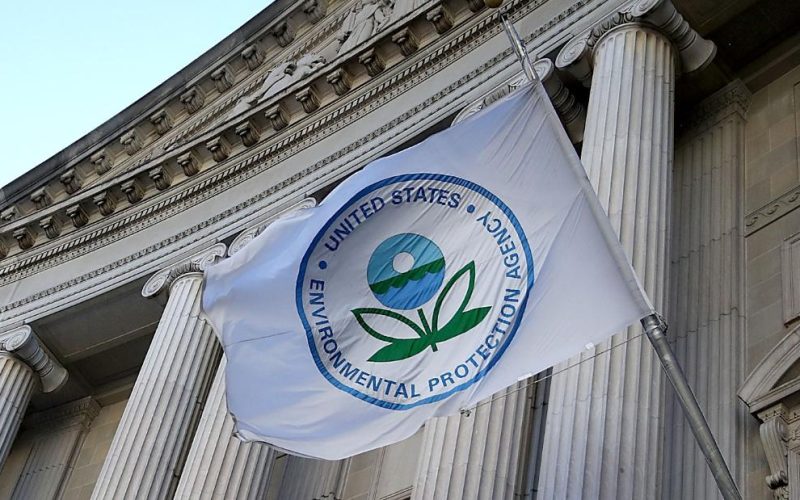The U.S. Environmental Protection Agency (EPA) announced a significant workforce reduction of at least 23% and the closure of its Office of Research and Development (ORD), aligning with President Donald Trump’s broader agenda to scale down federal agencies.
According to the agency, staffing will fall from 16,155 employees in January to 12,448, following a mix of layoffs and voluntary departures incentivised through financial packages. The restructuring is expected to save the government approximately $748.8 million.
The EPA did not disclose how many job losses were directly tied to the dismantling of the ORD, which currently employs around 1,500 staff. The office has been central to scientific studies on public health risks, including research on per- and polyfluoroalkyl substances (PFAS), respiratory illnesses in the American South, and the spread of Valley fever—a disease increasingly linked to climate change and wildfires.
EPA Administrator Lee Zeldin defended the cuts, stating, “Under President Trump’s leadership, EPA has taken a close look at our operations to ensure the agency is better equipped than ever to deliver on our core mission… while being responsible stewards of your hard-earned tax dollars.”
Critics, however, have condemned the decision. Representative Zoe Lofgren, a Democrat, called it a “travesty,” accusing the EPA of “firing hardworking scientists while employing political appointees whose job it is to lie incessantly to Congress and to the American people.” She warned the closure could have long-lasting effects on public health and safety.
In place of the ORD, the agency plans to establish a new entity—the Office of Applied Science and Environmental Solutions—which it says will continue the EPA’s scientific work, albeit with a redefined focus.
An EPA spokesperson confirmed that a third round of its deferred resignation programme remains open until 25 July, suggesting the workforce may be reduced even further in the coming weeks.





















